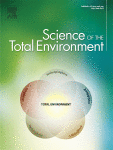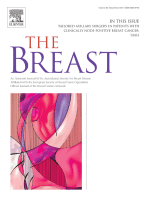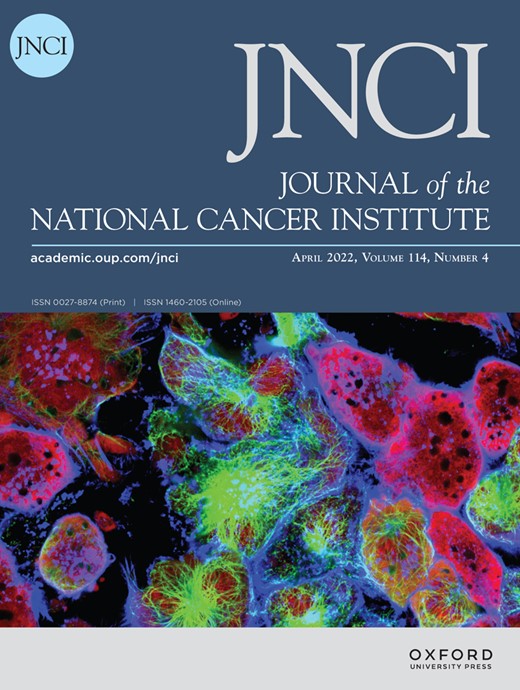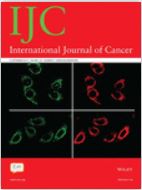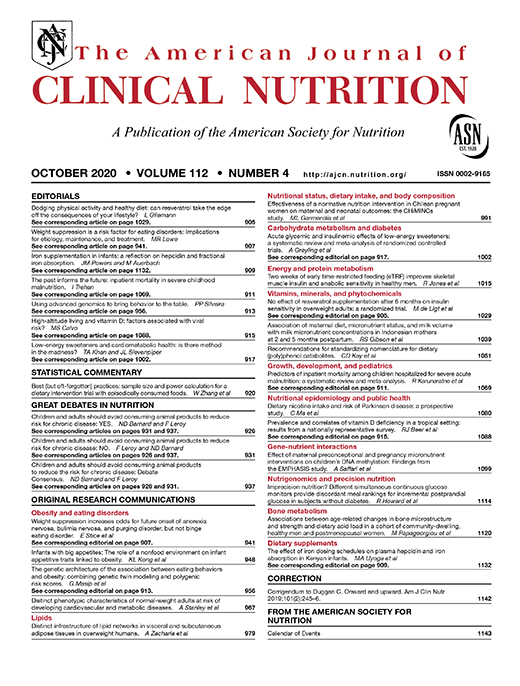Brecha de género persistente en la parada cardiaca extrahospitalaria en España durante el periodo 2013-2018
Objetivos. Examinar las diferencias de género en las características de la parada cardiaca extrahospitalaria (PCRE), los tratamientos, la supervivencia, y los cambios evolutivos en España. Método. Datos de dos series temporales (2013/2014 y 2017/2018) del registro prospectivo de PCRE (OHSCAR). Se incluyeron todos los casos consecutivos en los que intervino un equipo de emergencias. Las…





